
Sepsis Readmissions Compared With Other Medical Conditions
This study uses data from a US readmissions database to assess whether sepsis hospitalizations account for a higher proportion of unplanned 30-day readmissions than hospitalizations for acute myocardial infarction, heart... read more

CHS using virtual critical care for heart patients
It just might be the future of medicine. Using cameras, microphones and medical sensors, heart surgeons and cardiologists inside the Sanger Heart & Vascular Institute at Carolinas HealthCare System are treating patients... read more

NIH $3.2 million Grant Funds Mobile Critical Care Recovery Program
Two million of the five million Americans admitted to intensive care units annually have or develop acute respiratory failure, predisposing them to long-term cognitive, functional and psychological impairments collectively... read more

Blood Thinner Also Effective for Artery Disease
A phase 3 trial evaluating the efficacy and safety of rivaroxaban (Xarelto, Bayer/Janssen), an oral anticoagulant, for the prevention of major adverse cardiac events (MACE) - including cardiovascular death, myocardial infarction,... read more

Ureteral stents, sepsis and acute kidney injury: Iatrogenic imperfecta!
Case presentation A 62-year-old woman with a past history of placement of bilateral ureteral "JJ" stents, presented to the hospital complaining of fever, chills, abdominal pain, oliguria and was found to be hypotensive.... read more

Sodium Bicarbonate Versus Sodium Chloride for Preventing Contrast-Associated AKI
Except for urinary pH, none of the outcomes differed between the two groups. Among ICU patients with stable renal function, the benefit of using sodium bicarbonate rather than isotonic sodium chloride for preventing contrast-associated... read more
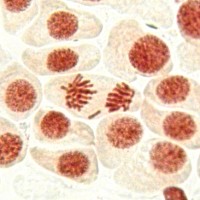
How survival of cancer patients in critical care has improved in the last 3 decades
Comprehensive care for critically ill patients with cancer is a collaborative effort, and close cooperation between oncology as well as palliative and critical care is essential. Collaborative decision making is a cornerstone... read more

Thrombocytosis in the ED
Both reactive thrombocytosis and clonal thrombocytosis may be associated with vasomotor symptoms. The key difference is that thrombotic and bleeding events are much more common in myeloproliferative thrombocytosis, whereas... read more

Central Line Versus Peripheral IV Flow Rates In Resuscitation
The indications for central venous catheters (CVCs) include invasive hemodynamic monitoring, transvenous cardiac pacing, hemodialysis, lack of peripheral venous access, administration of vasopressors, nutritional support,... read more
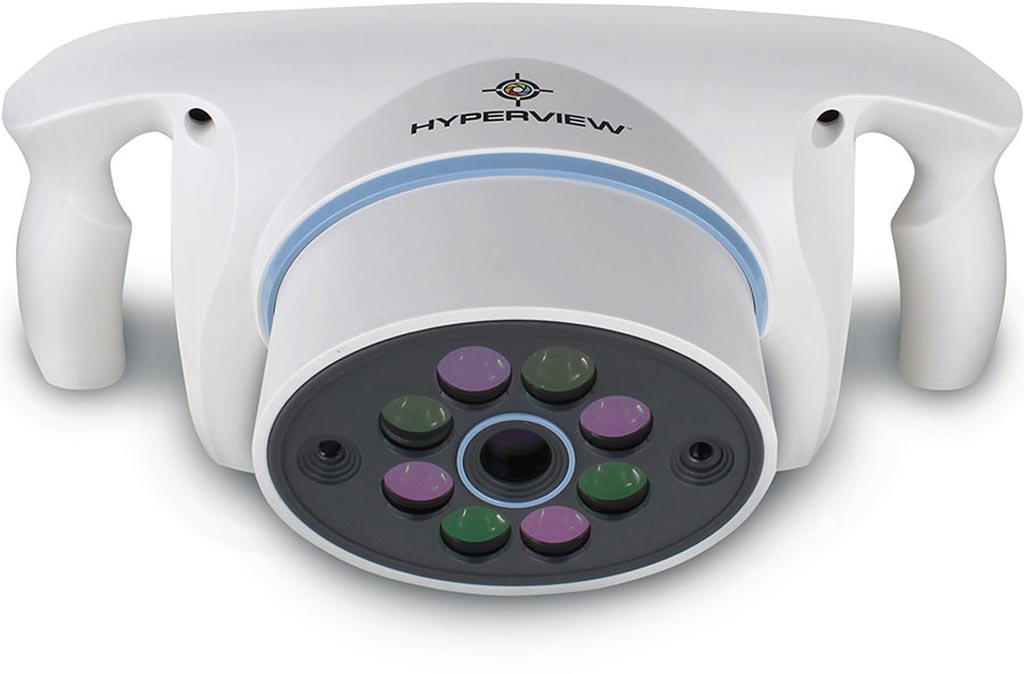
Portable Imaging Device Assesses Tissue Oxygenation
A handheld, battery operated diagnostic imaging device measures oxygen saturation (O2Sat) and other measures in superficial tissues for patients with potential circulatory compromise. The HyperView is intended for use by... read more

Interventions to improve antibiotic prescribing practices for hospital inpatients
This review includes 221 studies (58 RCTs, and 163 NRS). Most studies were from North America (96) or Europe (87). The remaining studies were from Asia (19), South America (8), Australia (8), and the East Asia (3). We found... read more
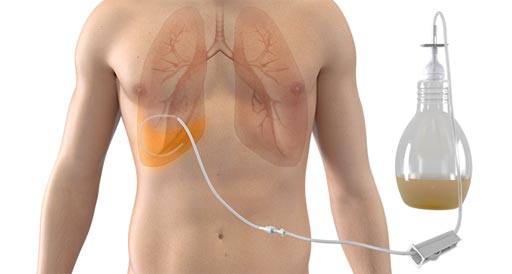
Catheter System Drains Recurrent Pleural Effusions
A novel catheter system enables patients to drain pleural fluid at home, instead of requiring them to return to the hospital for thoracentesis. The PleurX catheter system consists of a catheter that is inserted in the chest... read more

Deaths After PCI: Study Compares Public Reporting Models Both With and Without Cardiogenic Shock
Three distinct models for reporting risk-adjusted mortality rates among hospitals and physicians performing PCI in New York State demonstrate a high degree of agreement, despite variation in how they handle the inclusion... read more
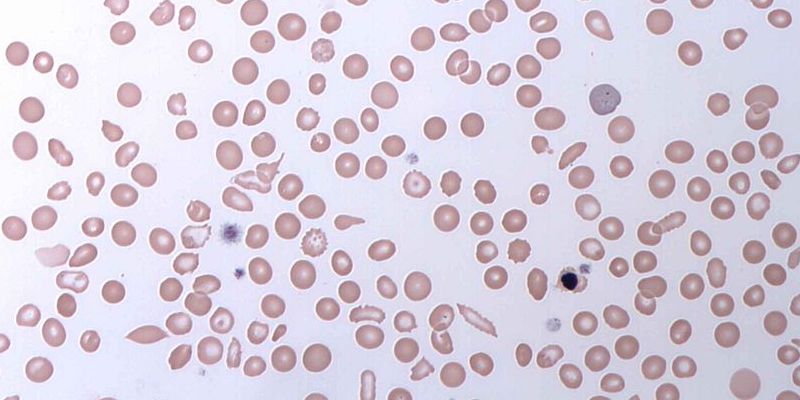
Crizanlizumab use lowers rates of sickle cell crises
Patients with sickle cell disease treated with high-dose crizanlizumab experienced lower annualized rates of sickle cell crisis compared to placebo treatment, regardless of their baseline use of hydroxyurea. Those treated... read more
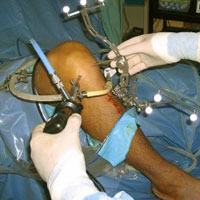
Thromboprophylaxis after Knee Arthroscopy and Lower-Leg Casting
The results of our trials showed that prophylaxis with low-molecular-weight heparin for the 8 days after knee arthroscopy or during the full period of immobilization due to casting was not effective for the prevention of... read more

Social Media Helps Forecast Outbreak Transmission Patterns
A new study suggests then when epidemiological data are scarce, social media and Internet reports can be reliable tools for forecasting infectious disease outbreaks. Researchers at Georgia State University and the U.S. National... read more
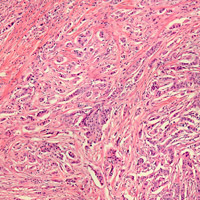
Biopsy first: Lessons learned from CALGB 140503
In a carefully monitored cohort of patients with suspected small NSCLC <2 cm, a substantial number are misdiagnosed (benign nodules) or understaged. These patients may not have benefited from a thoracic surgical procedure.... read more









